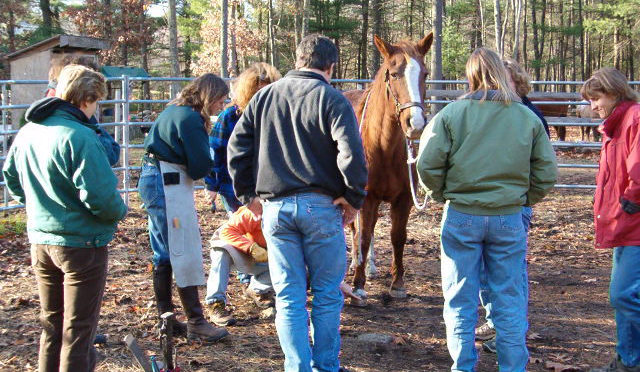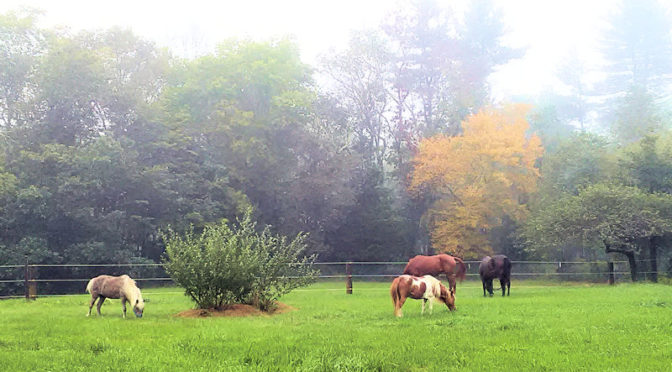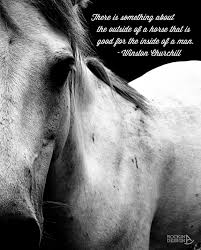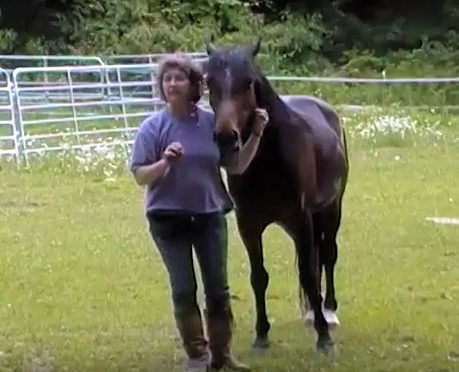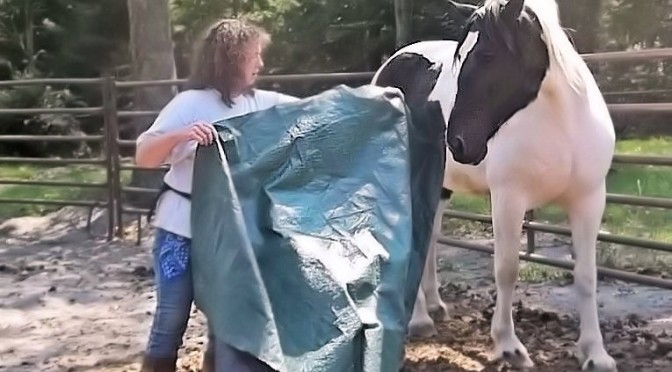MICROBIOMES
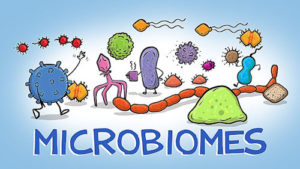
What a funny word. Puts me in mind of tiny little cartoon buggies running around our guts.
Actually, did you know that we are MORE “buggies” (bacterial cells) than we are human cells?
The same applies to our horses.
So what, you ask?
I’ll tell you what — those microbiome buggies are the little critters that keep us healthy!
Over 80% of the immune system lies in the gut … in these little gut buggies. And THAT is a HUGE deal!
Our bodies and our horses’ bodies are full of trillions of bacteria, viruses and fungi. They are collectively known as the microbiome.
Some of the bacteria is related to diseases while others are extremely important to the immune system and overall health.
In fact, there are more bacterial cells in your body than human cells. There are roughly 40 trillion bacterial cells in your body and only 30 trillion human cells. That means you are more bacteria than human (1, 2).
In fact, there are up to 1,000 species of bacteria in the human gut microbiome, and each of them plays a different role in your body. Most of them are extremely important for your health, while others can and do cause disease.

In the hindgut of a horse, changes in the bacteria levels through dietary disruption, seasonal changes, stress, or age can lead to colic and laminitis, causing lameness or even death in severe cases. In this study, we profiled bacterial communities from fecal samples collected and submitted by horse-owners participating in the Equine Microbiome Project (EMP) and correlated differences in community structure with feed type, specifically horses eating exclusively hay, pasture, a hay-concentrate mix, or a combination of pasture, hay, and concentrate as reported in EMP metadata surveys. –https://www.j-evs.com/article/S0737-0806(17)30256-3/abstract
So, I ask you – which kind of bacteria are you feeding YOUR HORSE? (Well, and yourself, too — after all, our horses needs their humans to be healthy in order to take care of them, right?)
A very wise man once stated, “All disease begins in the gut.” — Hippocrates
Well, that doesn’t include genetic diseases but we’re talking metabolics here.
Think of Cushings, Insulin Resistance, EMS, Auto-immune, Leaky Gut, and so many more chronic nasties. THESE are the types of diseases with which our domestic horses are challenged more and more each day.
This has a lot to do with the different gut bacteria residing in the digestive tracts, as well as the integrity of the gut lining (1).
According to numerous studies, unwanted bacterial products called endotoxins can sometimes “leak” through and enter the bloodstream (2).
When this happens, the immune system recognizes these foreign molecules and mounts an attack against them, resulting in a chronic inflammatory response (3).
Inflammation is the response of the immune system to foreign invaders, toxins or cell injury.
Suffice to say, diet-induced inflammation has been shown to trigger insulin resistance, leptin resistance (causing obesity), fatty liver disease, and has been strongly linked to many of the world’s most serious diseases (4, 5, 6)
 Without going into much more detail and totally bogging down our minds, suffice to say that, once again, Hippocrates was right when he said,
Without going into much more detail and totally bogging down our minds, suffice to say that, once again, Hippocrates was right when he said,
“Let thy medicine be thy food and thy food be thy medicine.”
So now, you know what MICROBIOMES are, how they affect your horses’ overall health (and your own). I guess the question now arises as to … do you want to learn more?
The key questions being … What are you gonna do now that you know this?
Ask me about my WHOLE HEALTH for the WHOLE HORSE protocol.
Don’t be shy. Email to me: gwen.santagate@gmail.com or even call me on the phone +1 860.556.9199 Let’s set up some time to chat further.

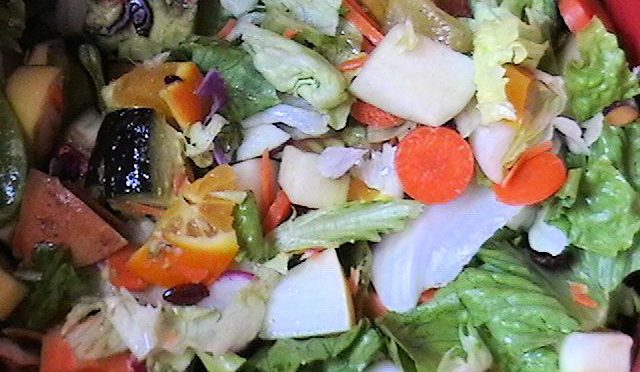
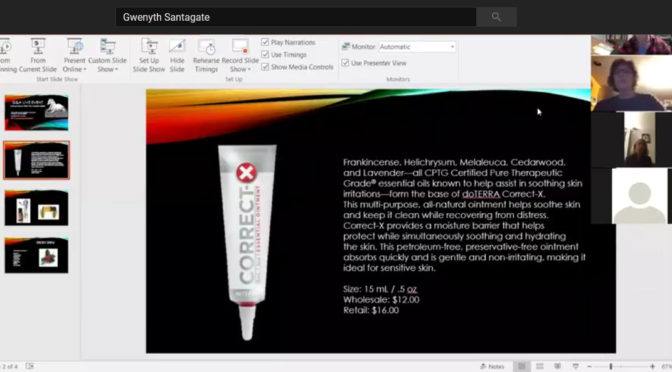
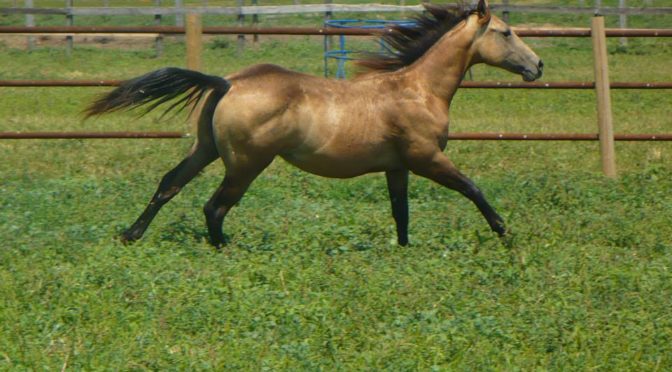
 i told my friend we could take a chance on this gelding who was dry lotted, fat, super lame, in shoes and worsening rotation. We took him and turned him out to pasture, did some very specific, barely noticeable trimming and in 6 weeks he was galloping around the pasture. Once that barn learned we fixed him another lady asked us to take her two who had the exact same problems. So we now have three registered rocky mountain horses for free who are sound and no longer in pain. These two we just got we had her farrier not touch since the last trim and they came sound a few weeks ago without her trimming, but they still had them locked up in small dry lots with alfalfa and salt blocks. And both have huge cresty necks, bulging eyes and those weird fat deposits in the shoulders and rump. The first one did too but not as bad and he looks amazing now.
i told my friend we could take a chance on this gelding who was dry lotted, fat, super lame, in shoes and worsening rotation. We took him and turned him out to pasture, did some very specific, barely noticeable trimming and in 6 weeks he was galloping around the pasture. Once that barn learned we fixed him another lady asked us to take her two who had the exact same problems. So we now have three registered rocky mountain horses for free who are sound and no longer in pain. These two we just got we had her farrier not touch since the last trim and they came sound a few weeks ago without her trimming, but they still had them locked up in small dry lots with alfalfa and salt blocks. And both have huge cresty necks, bulging eyes and those weird fat deposits in the shoulders and rump. The first one did too but not as bad and he looks amazing now.